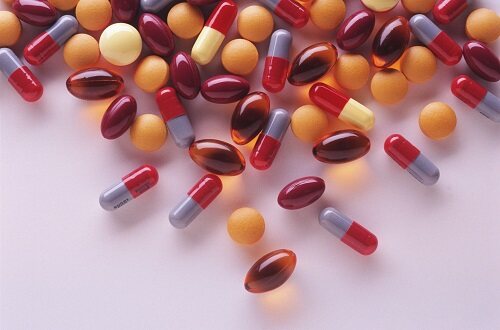Capsules or tablets contain active and inactive ingredients. The active ingredient is a component of the drug that provides medicinal value, while the non-active ingredient acts as a carrier for the drug to make the body easier to handle.
Inactive ingredients are also known as excipients. They do not react in the body, but rather enhance the properties of the drug itself, such as its taste, appearance and ability. For example, some active ingredients are not well absorbed by the body and must be mixed with a soluble excipient to allow the body to be better processed. In another case, the active ingredient is very powerful and the dosage can be better controlled by mixing the excipients.

A new study published in Science Translational Medicine found that 93% of pills or capsules contain at least one of 38 allergens, and almost all of them contain substances that are problematic for people who are intolerant of certain foods, such as gluten or sugar. According to Daniel Reker, one of the publishers of the study, for most patients, it does not have an effect if the drug contains a little bit of lactose, fructose or starch. However, for a small number of special groups, these inactive ingredients are most likely allergens.
This research has led people to notice the possible effects of inactive ingredients. In fact, the proportion of inactive ingredients in different drugs and their potential effects are much more complicated than we think. The presence of these ingredients has their effects, but the side effects they may cause cannot be ignored.


